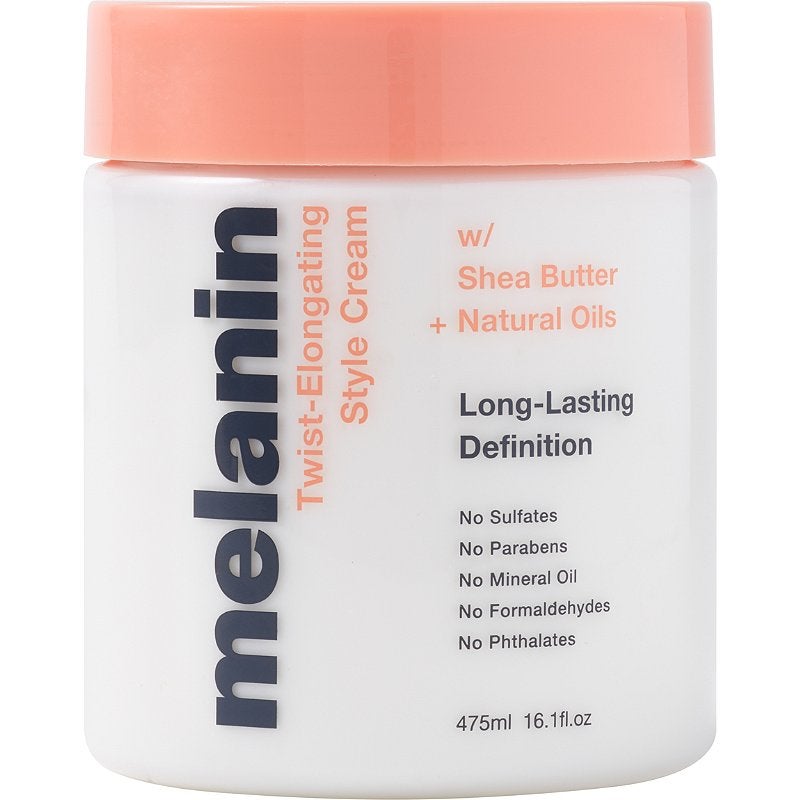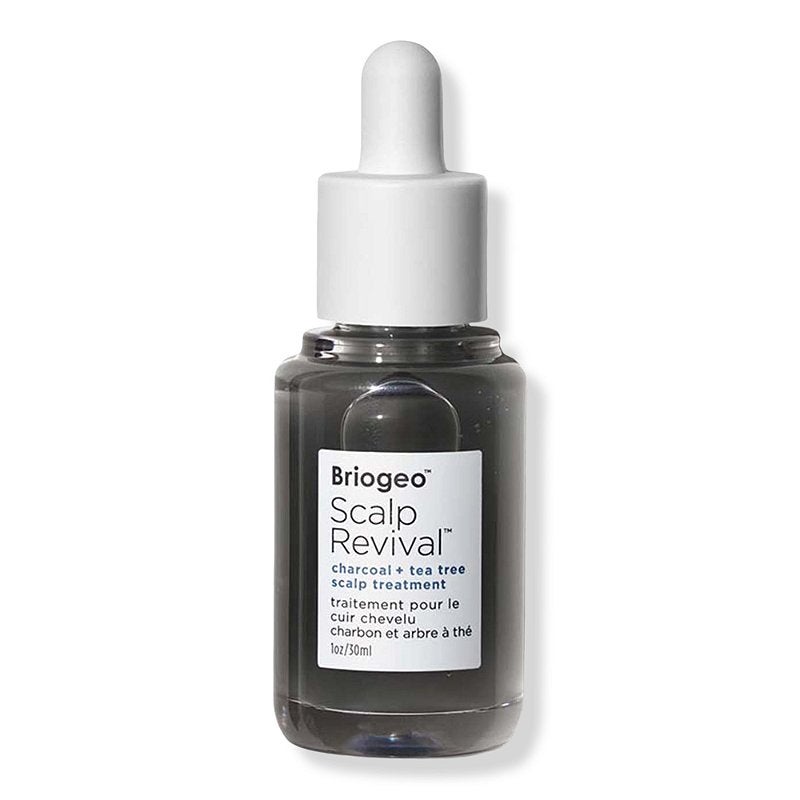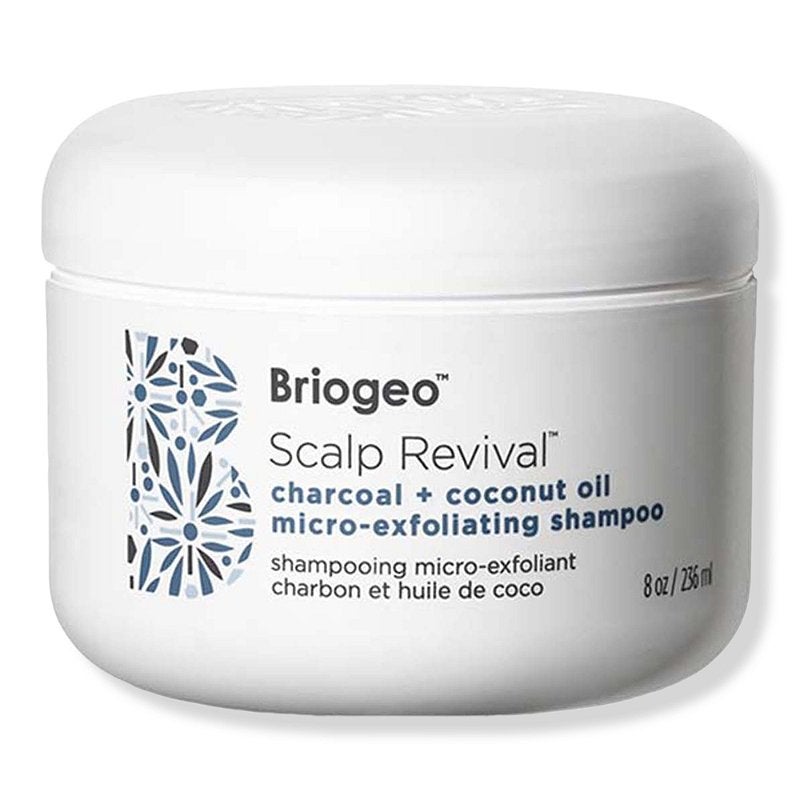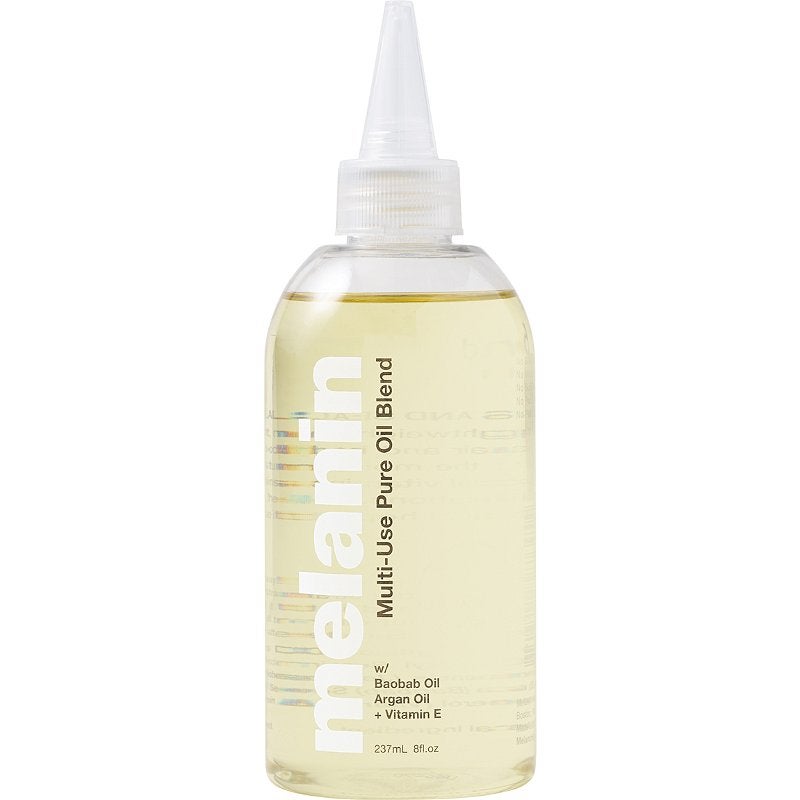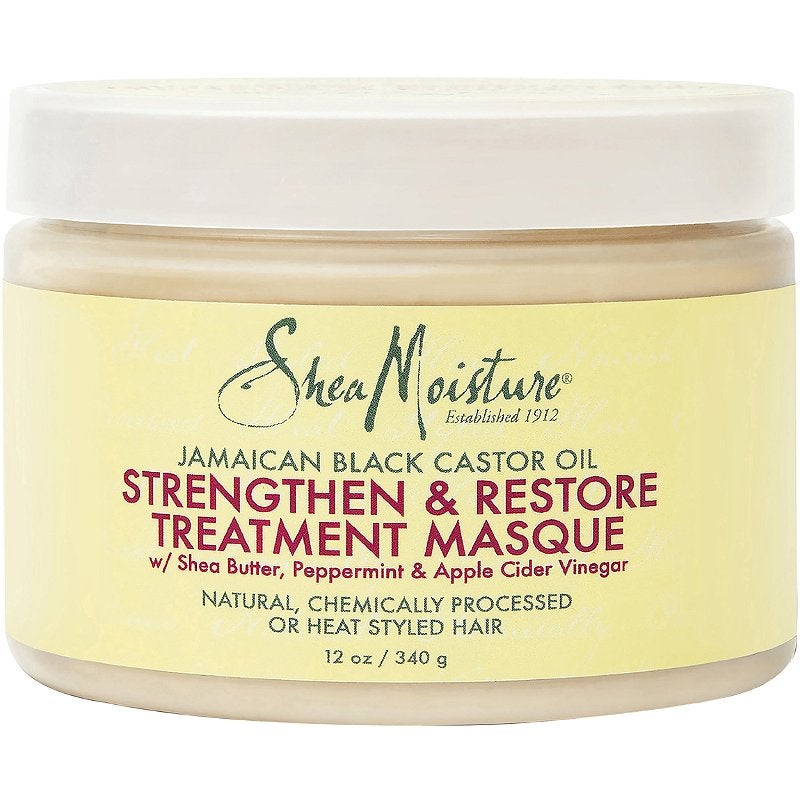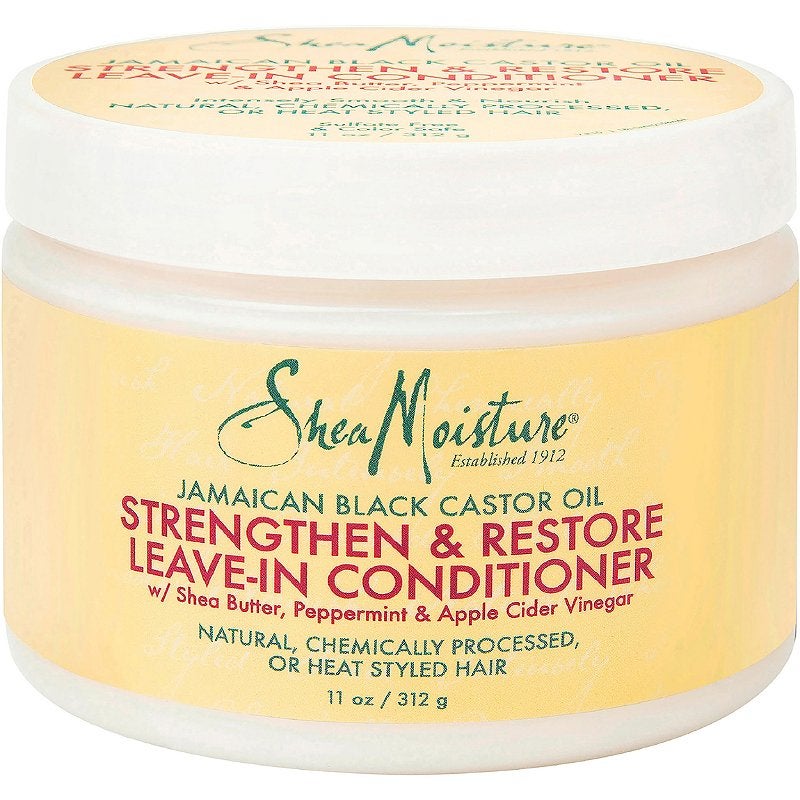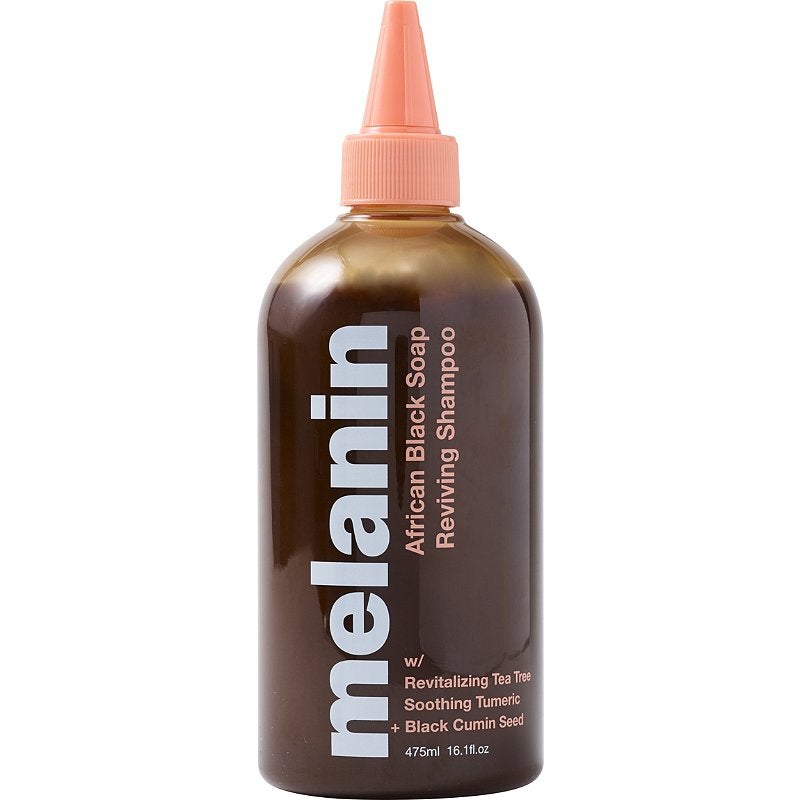I was six years old when I had my first traumatizing experience with my hair. It was 2001, and my natural curls often required extensive (and painful) detangling sessions. My family and I were living in Southampton, a small town in England, and we didn’t have access to the appropriate products my hair desperately needed. So, it took hours — and a great deal of sweat (mostly my mom’s) and tears (mostly mine) — to untangle my strands every week. Suffice to say, Sunday nights were a dreaded time in our household.
The tension reached a boiling point around the time of my aunt’s wedding. My mom, tired after yet another detangling effort, threatened to chop all my hair off if I didn’t cooperate and allow her to smooth out my locks before the big day. “Fine,” I responded, daring her. “Do it.” And before I knew it, I was sporting a curly pixie cut at the wedding.
AdvertisementADVERTISEMENT
Before the chop, I had strong and luscious virgin tresses — medium porosity, multi-patterned, springy curls — that touched my lower back. My 4B ends were soft and agreeable, while my 4C roots were more stubborn but equally beautiful. I already understood the currency of “good hair” – aka long, less kinky tresses — especially in African communities. The adults in my life often attributed my beauty to the quality of my curls, and I quickly connected the praise I received to the way my hair looked.
This is why, as vows were exchanged, I felt the other invitees glance at me with concern. When I look back at pictures from the wedding today, I see a beautiful little girl who was happy to be free, but conflicted: I was thrilled to be rid of the detangling sessions, but I had no idea who I was — and what my worth was — without my long curls.
Thankfully, my hair grew back quickly, and from then on until my early 20s, I experimented with tons of different hairstyles. I used relaxers in my hair during my teens, which made my hair limp, but laid and super shiny (thanks to the amount of oils I packed on thinking they would heal my scorched scalp — they did not). But the shame behind why I felt I had to relax my hair was not cute at all.
At the time, I thought enduring a burning scalp and weak hair was what I had to do to be beautiful. It was the early aughts, when pin-straight, super-long strands were in. Eurocentric characteristics in general were heralded as ideal beauty standards, which not-so-subliminally urged Black girls to do whatever it took to manipulate their features, especially their hair, to look as white as possible. Because of the images that surrounded me on TV and in magazines, I didn’t know that I was allowed to be beautiful and natural at the same time. It felt like, as a Black girl, I had to pick one or the other.
AdvertisementADVERTISEMENT
When I wanted a break from relaxers, I wore weaves. Even though I mostly wore a few sew-in tracks to give my hair extra length and volume, my sensitive scalp would get itchy and I’d feel hot while wearing them, but I felt a similar pressure to wear the style as I did with relaxers. I felt like I had to have long, straight hair to feel beautiful.
Outside of weaves and relaxers, braids were my absolute favorite — they freed me from having to worry about constant styling, and they promoted hair growth (I still used cleansing and hydrating products on my scalp and roots). My curls were hidden away and protected, and I was also able to experiment with blonde hues, which I loved.
But after a few years of manipulating my hair, I found myself in a dark place with my curls. I was 22, and I had just gotten out of an almost two-year health scare in which I had a couple of stays in the hospital. My hair was half-processed, half-natural, and I lost some of it because of stress and malnutrition. I looked at my hair in a storefront window and thought, Do I want to attempt to style my hair or do I just want to start over? I walked into the salon next door and got a big chop.
“
Because of the images that surrounded me on TV and in magazines, I didn’t know that I was allowed to be beautiful and natural at the same time. It felt like, as a Black girl, I had to pick one or the other.
”
As my stylist took the clippers and started shaving away, I thought about the obsession, stress, and pain my hair caused over the years. And as it was falling to the floor, I felt a massive weight being lifted off my shoulders, like the baggage of the past was intertwined with my damaged strands, and with the swift act of these clippers, it was a distant memory. They cut off close to seven inches, which was most of my hair. Just like my first pixie cut at six, it was a huge change. I discovered that I actually didn’t know how to style or take care of my natural, short hair.
AdvertisementADVERTISEMENT
Life after that cut was awkward. I was so afraid of my natural curls — I hadn’t seen them in a while, and truthfully, I was overwhelmed by having to wear them 24/7. All I needed was the right products and regimen to get my hair where I wanted it to be. First, I figured out that I needed a good leave-in conditioner. All of my “natural hair for dummies” searches led to sources that mentioned SheaMoisture products. Later, I went out and picked up the Jamaican Black Castor Oil Strengthen & Restore Leave-In Conditioner and tried it that evening. I was in love. Finally, my hair had the moisture it needed, and my curls were popping. The brand’s products dominated my routine for a while, and some, like the Jamaican Black Castor Oil Strengthen & Restore Masque, are still staples in my hair-care regimen.
My hair is currently dyed — right now it's a mix of auburn and ashy bronde — and I make sure I use the hair mask before and after I get my color done to give my strands the extra dose of the conditioning agents they need to stay strong throughout the coloring process.
I stumbled upon an olive oil styling gel soon after I discovered SheaMoisture. I used to put pounds of it in my hair to slick it down and appear straight. It was a look, and protective to an extent (I would wash and slick and keep that style for as long as possible, which could stretch to around two weeks), but using it meant I still wasn’t totally comfortable with my natural texture. The gel is still a part of my routine, but I now use it to slick my barely-there edges and create more long-lasting, defined curls.
AdvertisementADVERTISEMENT
Navigating protective styles to wear with my new, natural hair was a challenge — and it still is. My sensitive scalp makes it hard to wear protective styles for a long period of time (the itchiness usually pushes me to take it out a few days after installing it). So I’ve turned to extension-less and minimal-tension styles, like bantu knots and two-strand twists. I’m a master at the former and it’s one of my favorites. (The latter, not so much. I’m still trying to figure out how to install and maintain two-strand twists. Any advice is welcome.)
As much as I love and feel connected to my natural hair now, I’m also tired. Most Black women can attest to the amount of work, faith, and patience it takes to get to know your natural hair. You have to learn how to moisturize it (and help it retain that moisture), how often you need to trim and treat it, how to protect it from over-manipulation or other external factors like weather.
My current relationship with my natural hair is a testament to those years I spent neglecting my curls because of self-hatred. Now, at 26, I find myself craving another do-over. My natural hair is now chin-length, and I’ve dyed it one-too-many times. I’m even considering another big chop. Whatever I do or try, it’s an effort to protect my curls. After all, they protect the core of who I am. And so the journey continues.
shop 7 products
AdvertisementADVERTISEMENT








